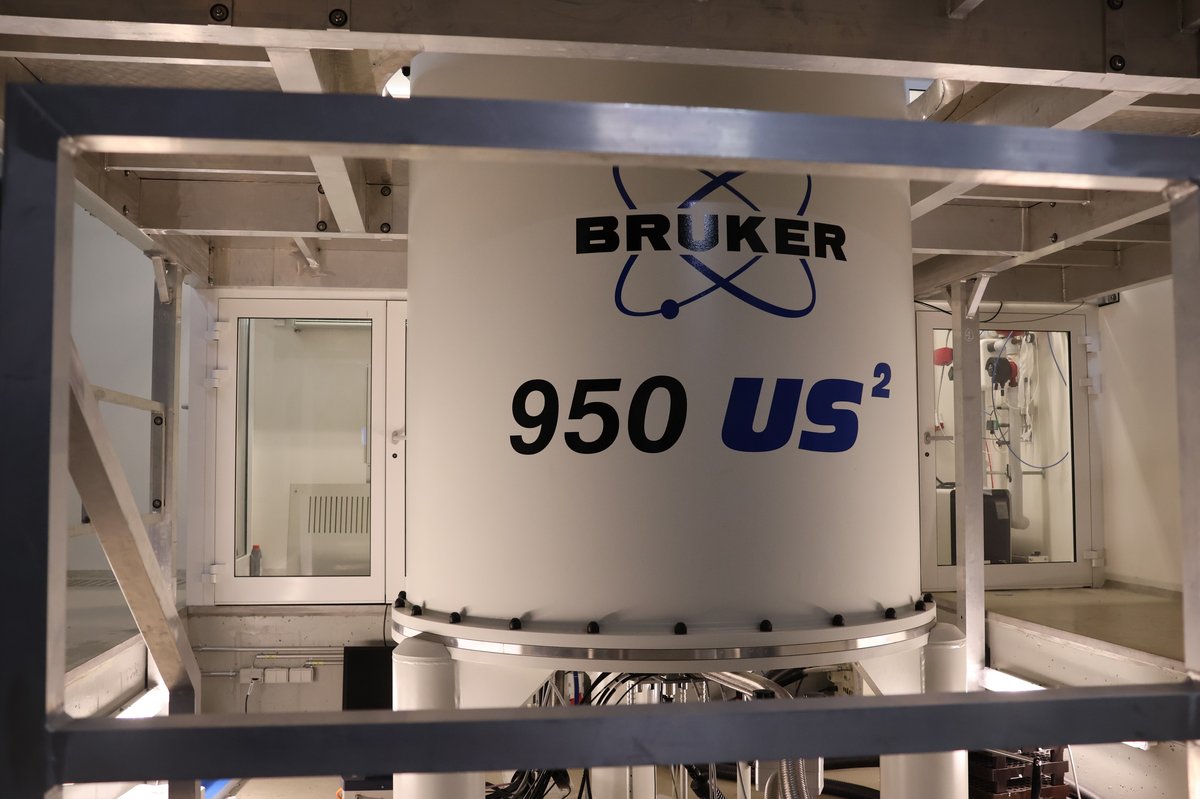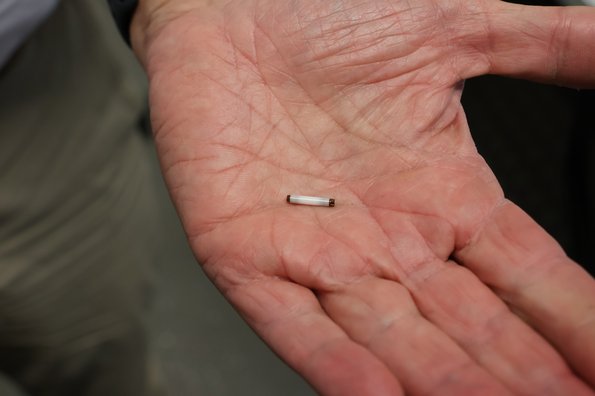Scandinavia's most powerful magnet can be found at Aarhus University
At the Interdisciplinary Nanoscience Center, researchers and companies have had the opportunity to use a particularly powerful Nuclear Magnetic Resonance (NMR) Spectrometer since 2015. This provides a unique opportunity for a high level of detail in research.

"If you're going to be very close to the magnet, you have to leave your credit card, phone and whatever other breakable electronics you have somewhere else," warns Professor Niels Chr. Nielsen.
Behind one of the many doors in the basement of the Interdisciplinary Nanoscience Center (iNANO) you’ll find Scandinavia's most powerful magnet. It is four metres high, weighs seven tonnes and has a magnetic field equivalent to almost 500,000-times the magnetic field of the Earth.
"We use it to identify and measure molecules. We put small samples into the magnet and then we can identify which molecules are in the sample and measure their three-dimensional structure, dynamics and interactions with a unique and very high level of detail," says Niels Chr. Nielsen.
He was one of the main forces behind the giant magnet coming to Aarhus University in 2015, where it was made available to both local AU researchers as well as companies and researchers from other universities.
The magnet, which is also called an NMR spectrometer, can be used as part of, e.g. the development of future antibiotics or foods.
"The magnet acts as a national centre where all users in Denmark who use NMR spectroscopy – from industry or academia – can apply for time on the magnet so we can help them carry out these structural characterisations," says Niels Chr. Nielsen.
And there are many applicants, because the giant magnet in the basement is a unique and valuable tool.
"In many cases, you need extra resolving power or more sensitivity, which is exactly what the magnet provides because it’s so powerful. And it's such an expensive technology that you won't find anything like it anywhere near you. The magnet costs DKK 35 million, so it's not something you put in every laboratory," says Niels Chr. Nielsen.
Come inside!
We take you behind the doors to some of the places at the Faculty of Natural Sciences that you might not otherwise visit. Here you will find some of the unique and indispensable facilities that our researchers use in their everyday lives.
You can also read about ASTRID2.



